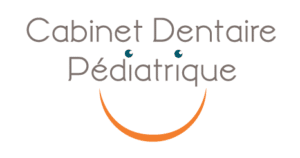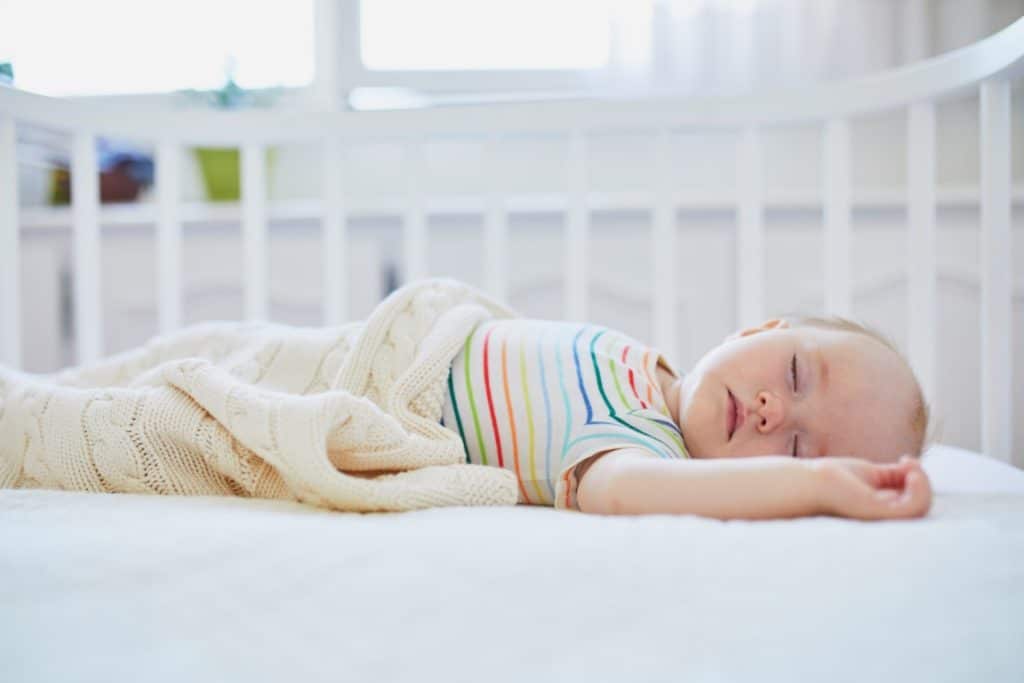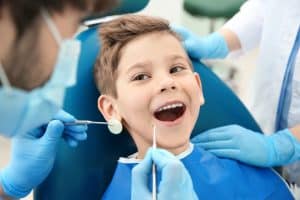Sleep apnea is a breathing disorder that occurs mainly during the night. A total or partial obstruction of the nose or throat hinders breathing. This discomfort affects many individuals, including children.
In this article, we discuss how to detect sleep apnea in a baby or child by looking at their symptoms, and then the tests to perform to monitor their sleep.
Causes of sleep apnea in children
The origins of sleep apnea in babies and children are diverse and varied. The cause can be functional, medical or even hereditary.
Some examples that can cause sleep apnea in children:
- Swollen tonsils and vegetations
- Maxillofacial problems
- Prematurity as a baby
- Allergies
- Being overweight or obese
- Asthma
- Heredity
- Neuromuscular diseases.
Sleep apnea in babies and children: symptoms
To find out as soon as possible if your baby has sleep apnea, check to see if any of the symptoms listed below apply to your baby.
The nocturnal symptoms of sleep apnea
- Complicated, loud breathing, snoring
- Pause for about ten seconds between breaths
- Frequent night terrors or awakenings during the night
- Difficult to wake up
- Excessive sweating
- Abnormal position during sleep: head backwards, sitting position, etc.
Daytime symptoms of sleep apnea
- Breathing mainly through the mouth
- Morning headaches
- Fatigue
- Changes in behavior and moods: hyperactivity, difficulty concentrating, etc.
Performing a test for sleep apnea in children
In the event that you have detected one or more of the symptoms in your child, there are a variety of tests that can be used to check for sleep apnea. Some of these tests can easily be done at home while others require the help of health professionals.
Tests at home
Questionnaires and evaluation scales
In order to test whether the baby or child is prone to sleep apnea, parents can, for example, answer questionnaires and evaluation scales. The questions on these scales review:
- Quality of sleep
- Insomnia
- The possibility of obstruction
- Etc.
The sleep diary
Over a period of several weeks, parents also have the opportunity to record bedtime habits, nighttime information, awakenings and events that occur during the night in a sleep diary.
This experiment, to be carried out over a minimum of two weeks, provides a global overview of the child's sleep. Do not hesitate to add observations on the day's activities:
- Behaviour at school
- The meals
- Etc.
This tool allows you to see if and to what extent sleep apnea is affecting your child's daily life.
Video recording
If you suspect sleep apnea, one test is to simply videotape your child during the night. The video recording provides additional information and may allow you to detect other nocturnal symptoms.
This recording can be used by your doctor to confirm the diagnosis.
Tests to diagnose sleep apnea in children
Actimetry
Using a small medical device called an actimeter and shaped like a watch, professionals can also monitor the child's activity and sleep. This test measures more or less the same elements as the sleep diary, but offers a more objective analysis.
In order to verify if the child is prone to sleep apnea, the health professional will examine the actimeter report: the actogram.
Polysomnography
Of the medical tests that can be performed to check for sleep apnea in children, polysomnography is the preferred method. At home or during a night of observation, doctors place sensors at different locations on the body to monitor sleep. The sensors then record all the information needed to diagnose sleep apnea:
- Brain activity
- Sleep cycles
- Eye movements
- Muscle tone
- Heart rate
- Breathing
- Position of the body
- Movement of members
- Snoring
- Oxygen level in the blood
- Etc.
This test to detect the presence of sleep apnea in children can be a bit anxiety-provoking. It is imperative to reassure the child before and during the test.
Once the results of the different tests are obtained, your pediatrician or attending physician will indicate the specialist(s) to consult depending on the origin of the problem. The treatment of sleep apnea will then be adapted and effective.
If maxillofacial problems are the cause or the result of your child's sleep apnea, do not hesitate to contact Dr. Agachi's office. A pedodontist in Paris, she welcomes you in a warm and caring environment.
An oral exam, lingual rehabilitation or orthodontics may be the solution to correct the symptoms of sleep apnea in children.


